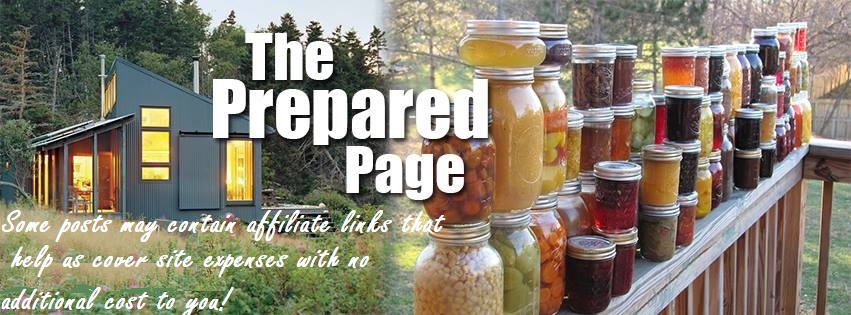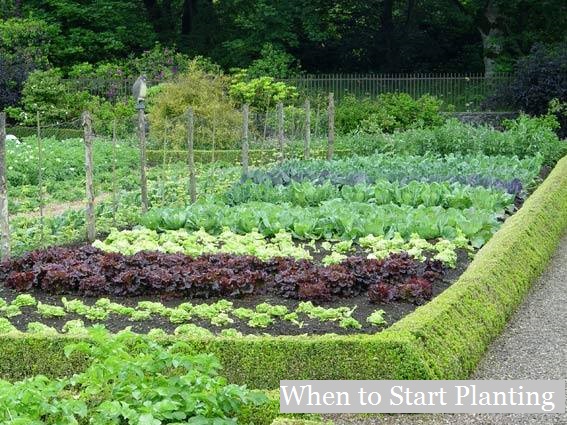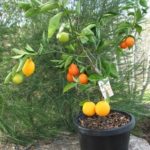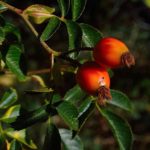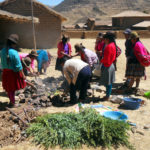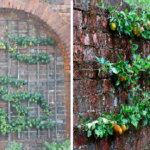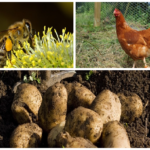When to Start Planting
Deciding when to start planting vegetable Seeds depends on your climate and conditions — and the vegetable itself. Vegetables differ not only in size, color, shape, and taste, but also in their preferred growing conditions. There are two groups: cool season and warm season.
PLANTING COOL SEASON VEGGIES…
Cool-season vegetables grow best when temperatures range between 40 degrees F and 80 degrees F. In most areas, they can be planted two to four weeks before your last spring frost. These crops often are those that develop edible roots, stems, leaves, or buds, such as potatoes, broccoli, cauliflower, radish, cabbage, asparagus, onion, beets, mustard, peas, turnips, lettuce and spinach.
Cool-season vegetables are different in that their seeds germinate best in cool soil. They are usually planted as soon as the soil can be worked in Spring. Avoid planting in soggy soil that is still full of moisture from snow or spring rains. Wait until the soil dries and can be cultivated.
The root systems of cool-season plants are shallower and the plants themselves are smaller than warm-season vegetable plants. They stop producing in early summer when temperatures get above 80 degrees F. In regions where nights remain cool, you can sow cool-season vegetables every two weeks for a continual harvest that extends into fall; also called succession planting.
In warmer regions, plant cool-season vegetables as early as possible in late Winter or early Spring, and plant seeds or transplants again in late fall to harvest in winter.
A few cold-hardy vegetables, such as carrots, kale, parsnips, and garlic, can survive throughout winter in some regions when insulated under a blanket of snow.
You can purchase a soil thermometer to help you know when to plant cool-season vegetables.
** At a soil temperature of 40 degrees F, plant arugula, fava beans, kale, lettuces, parsnips, peas, radicchio, radishes, and spinach.
** At a soil temperature of 50 degrees F, plant Chinese cabbage, leeks, onions, Swiss chard, and turnips.
** At a soil temperature of 60 degrees F, plant beets, broccoli, Brussels sprouts, cabbage, carrots, and cauliflower.
PLANTING WARM SEASON VEGGIES
Warm-season vegetables, such as tomatoes, peppers, corn, and okra, developed in tropical climates. They grow edible fruits instead of edible roots, stems, leaves, or buds, as cool-season crops do. These tender crops are killed by frost and won’t perform well if temperatures drop below 50 degrees F. Don’t bother to plant before the soil and air temperatures have warmed up in Spring or early Summer because the seeds and plants simply won’t grow. Wait until about two weeks after the average frost date for your region to plant warm-season crops.
Warm-season crops can be planted indoors. An early start inside gives them a jump on the growing season but remember to slowly acclimate them to outdoor life by placing them in shade instead of full sun and allowing them to adjust in short periods to outdoor temperatures. These vegetables do best during the warmth of summer: artichokes, beans, corn, cucumbers, eggplant, melons, okra, peanuts, peppers, squash, sweet potatoes, tomatillos, and tomatoes.
Now that you know when to plant you can obtain your heirloom seeds, see the link below!
Source: Danny Look
 This is an aggregated site. Please be aware some of the sites we link to could have pop ups. We have no control over them. However, we will never link you to a site that requires you to make any purchase to view the blog.
This is an aggregated site. Please be aware some of the sites we link to could have pop ups. We have no control over them. However, we will never link you to a site that requires you to make any purchase to view the blog.
Please read our disclaimer. We provide you with information from various sites all over the world. The author’s expressed opinion isn’t necessarily that of The Prepared Page or its staff. Our intent is to bring you the information. Use your and your own best judgment when using any information contained within the blogs.
While you’re here check out some of the other posts you may find them interesting!!!
Some posts may contain affiliate links.
